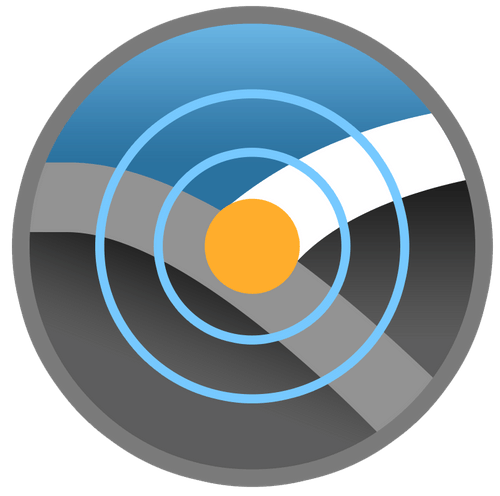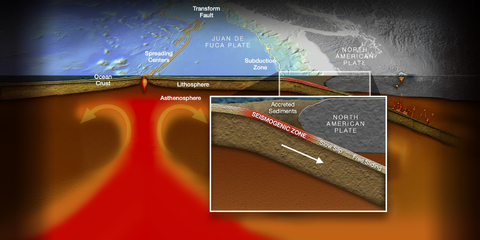Motivation
Our planet’s greatest geological hazards are concentrated in its subduction zones, the places where two of Earth’s tectonic plates converge and collide. All the known earthquakes with magnitudes of 8.8 and higher have taken place at subduction zones, along with the most devastating tsunamis.
Research has shown that, in the past, the Cascadia subduction zone fault system, off the west coast of the United States and British Columbia, Canada, has produced many earthquakes with magnitudes up to 9.0 or greater, spawning tsunamis so large that they have caused damage across the Pacific in Japan.
The offshore region where earthquake slip on the Cascadia fault is expected to occur is largely devoid of geohazard sensing instruments. Cascadia Offshore Subduction Zone Observatory (COSZO) is an infrastructure implementation project that will add a suite of geophysical sensors to the Ocean Observatories Initiative (OOI) Regional Cabled Array (RCA), off the coast near Newport, Oregon, to create a seafloor observatory on the Cascadia subduction zone.


